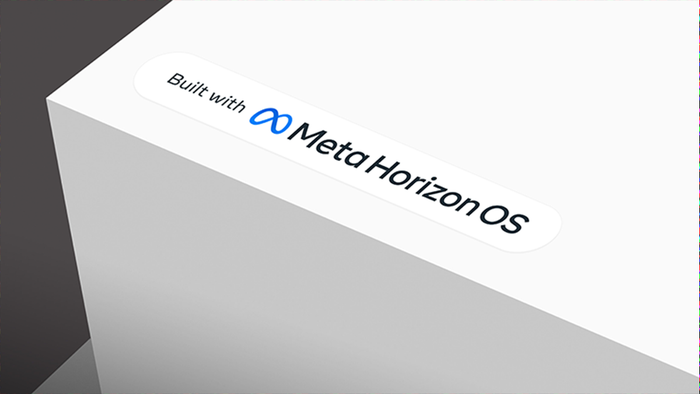
Featured Blog | This community-written post highlights the best of what the game industry has to offer. Read more like it on the Game Developer Blogs.
Lenz v. Universal Music Corp. and the new wrinkle in issuing takedown notifications

The Ninth Circuit’s recent holding concerning fair use under the DMCA could have some interesting consequences for copyright holders that use takedown notifications to remove content from YouTube, app stores, and similar content distribution channels. There are already dozens of opinion summaries online, so this analysis will focus primarily on how this effects the game space. A few take-aways to get us started:
The Court found that Universal’s failure to consider fair use when issuing takedown notices constituted a violation of 512(f), which prohibits misrepresentation by a copyright holder that a use is infringing when issuing a takedown notice. It also held that the producer of the content that is the subject of the takedown notice need not show monetary damages to be entitled to remedies under the statute.
This means that rights holders (e.g., developers, publishers, and other content providers) that have traditionally automated or otherwise streamlined their takedown notice systems will have to reevaluate those systems to consider the elusive question of fair use.
The Ninth Circuit made it clear that fair use is only an affirmative defense in the procedural sense. In other words, it doesn’t just excuse otherwise infringing content. If it’s fair use, it’s a legal use, and therefore not infringing.
This case puts the Ninth Circuit at odds with many other circuit courts concerning fair use as an affirmative defense (and it is incidentally one of the less common cases where the Ninth Circuit has explicitly gone against copyright holders in a ruling), so copyright holders may have to reconsider the venue where they seek to prosecute copyright claims based on takedown notices. This is not yet the law of the land, and we have no idea if SCOTUS will ever grant certiorari on this case.
The Fair Use Analysis
Lenz doesn’t actually bring the fair use analysis into the ruling itself, nor did it rule one way or another on whether the “Let’s Go Crazy #1” video constituted fair use. That wasn’t the question presented to the Court. Instead, the Court offered some guidance on the manner copyright owners must consider the fair use analysis when issuing takedown notices:
A good faith belief. The rights holder must have a good faith belief that the allegedly infringing work is not a fair use under the four factor fair use test;
Lip service insufficient. It isn’t enough to say “we don’t think this is fair use.” There must be some evidence in the takedown notice issuance procedure that the four factor fair use test was actually considered in the analysis of whether the use is infringing.
But believing that a use is not fair use is sufficient. However, the rights holder does not need to prove that there is no fair use—only that they have a good faith belief that under the four factors there is no fair use. As courts have spent almost half a century considering this question and still haven’t come to any kind of consensus, this gives copyright holders ample wiggle room;
A Copyright holder’s consideration of fair use need not be searching or intensive. The court proposed that a computer algorithm setting standards based on the four factor test and individual review of those that aren’t culled through the automated system would be sufficient.
As a review, the four factors of the fair use analysis are as follows:
the purpose and character of the use
the nature of the copyrighted work
the amount and substantiality of the portion taken, and
the effect of the use upon the potential market.
Most Courts have found that these factors operate on a sliding scale—for example, if the entire focus of a video is one particular copyrighted work (e.g., an entire play-through of Dark Souls), the remaining factors (purpose and character of the use and the effect of the use on the potential market) may carry less weight in the fair use analysis. This works the other way, too—if the use is exclusively educational, informational, and not for profit, the other factors may carry less weight as far as showing that the use is not fair use. However, all four factors must be considered when making a fair use analysis.
While the analysis under the new Ninth Circuit ruling need not be exhaustive, this still presents a considerable burden on copyright holders who have operated under the assumption that “fair use” excused otherwise infringing content when issuing takedown notices.
How this affects the Games Industry
Takedown notices play a big part in content protection for publishers, developers, and distributors. As a result YouTube, Twitch, and other content distribution channels like the iOS and Android marketplaces have more or less automated the takedown process. Videos and streaming channels showing gameplay, game reviews, and cloned games have all fallen under the guillotine of the all-mighty takedown notice at some point.
Even with put back up procedures in place, the current system is rife with accounts of improper takedowns and rampant abuses taken by copyright holders and alleged infringers alike. The truth is that fair use is very difficult to prove and almost always require a lawsuit to reach a final determination. This isn't a perfect system, but it does seek to balance the interests of the parties.
While this new decision may not substantially decrease the number of victims of takedown notices (there is always an argument against fair use), this may encourage many copyright holders to take a closer look at their takedown notice submission procedure. Although a ruling by the Ninth Circuit is by no means the law of the land, many big name companies operate in the Ninth Circuit (notably companies based in California and Washington) and have generally relied on the Ninth Circuit District Courts to resolve copyright disputes. These companies will likely be the first rights holders faced with the results of this decision if they don’t already take fair use into consideration in their initial analysis.
Fair use is rarely a black and white issue. There are precious few clear examples of prima facie fair use. This is especially true in the context of “Let’s Play” videos and other user generated content that solely focuses on playing through one game. However, we may see more favorable treatment towards game reviews and similar content that are likelier candidates for fair use. No promises, though.
Read more about:
Featured BlogsAbout the Author(s)
You May Also Like









